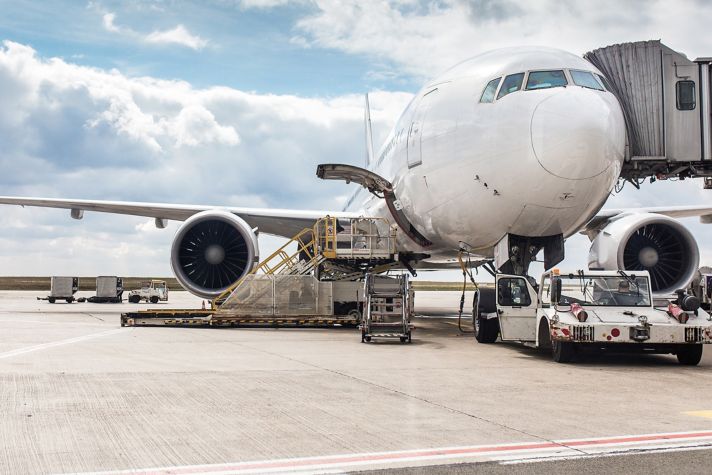-
Global
-
Africa
-
Asia Pacific
-
Europe
-
Latin America
-
Middle East
-
North America
- |
- BUSINESSES
- |
- Contact
- |
-
Global
-
Africa
-
Asia Pacific
-
Europe
-
Latin America
-
Middle East
-
North America
- |
- BUSINESSES
- |
- Contact
- |
You are browsing the product catalog for
You are viewing the overview and resources for
- News
- By the Numbers: From Spacecraft to Satellites
By the Numbers: From Spacecraft to Satellites
From human space milestones to life support technology – we quantified our story of space exploration in the past, present and future.
Honeywell has been a part of every NASA human space mission since the late 1950s, when our flight-control systems were installed on the X-15 Rocket Plane (shown above in a photo of Neil Armstrong after a research flight in November 1959).
Since then, our technologies have helped the Apollo program, the International Space Station and beyond.
We’ve rounded up some key numbers using Honeywell data that tell our story of space exploration in the past, present and future.
182,000 hours and counting – The estimated time in space our technologies and services have logged in space.
1,000 satellites currently in orbit – The number of satellites in space that house Honeywell products.
9 years – How long NASA’s Apollo program was active. Honeywell designed, developed and supplied the stabilization and control systems used in the missions during this time. One of the systems was Honeywell’s Environmental Control System, which helped astronauts breathe, provide fresh water, regulated cabin temperature and pressure and removed cabin waste.
50 years – Approximately how long it's been since the last human mission to the moon as part of Apollo 17 in 1972.
4 missions – How many times Orion's Crew Module can transport four to six astronauts into deep space.
14 Honeywell product types – What we’re providing for NASA’s Orion fleet for the upcoming Artemis missions, which plan to bring humans back to the moon.
200 space computers – The number of on-board computers we’ve supplied to spacecraft.
195 hours, 18 minutes and 35 seconds – The length of the Apollo 11 mission.
1 million miles – The distance from Earth that NASA's James Webb Space Telescope traveled afer it was launched into space in December 2021. Honeywell’s Aerospace engineers provided the telescope's Fine Guidance Sensor and Near Infrared Imager and Slitless Spectrograph (FGS/NIRISS), which power its optics and help it take high-quality images in space.
Copyright © 2026 Honeywell International Inc.




